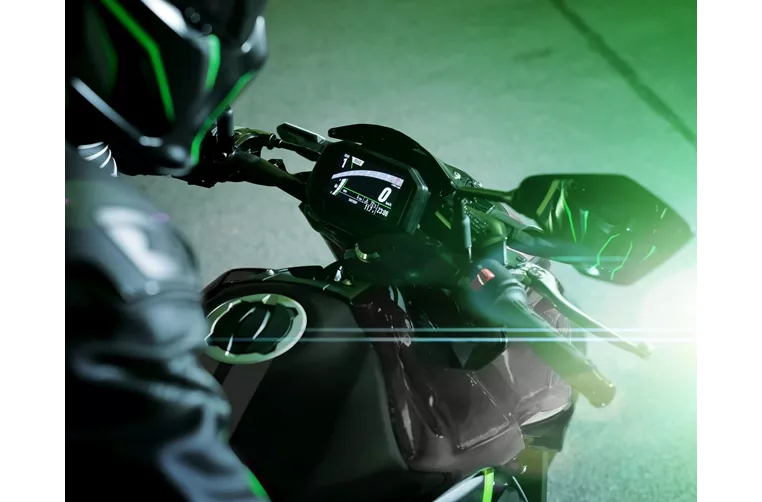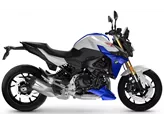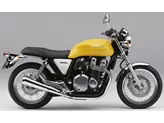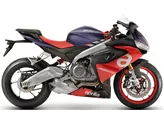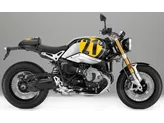Kawasaki Z900 2023 vs. Kawasaki Z900 RS 2018
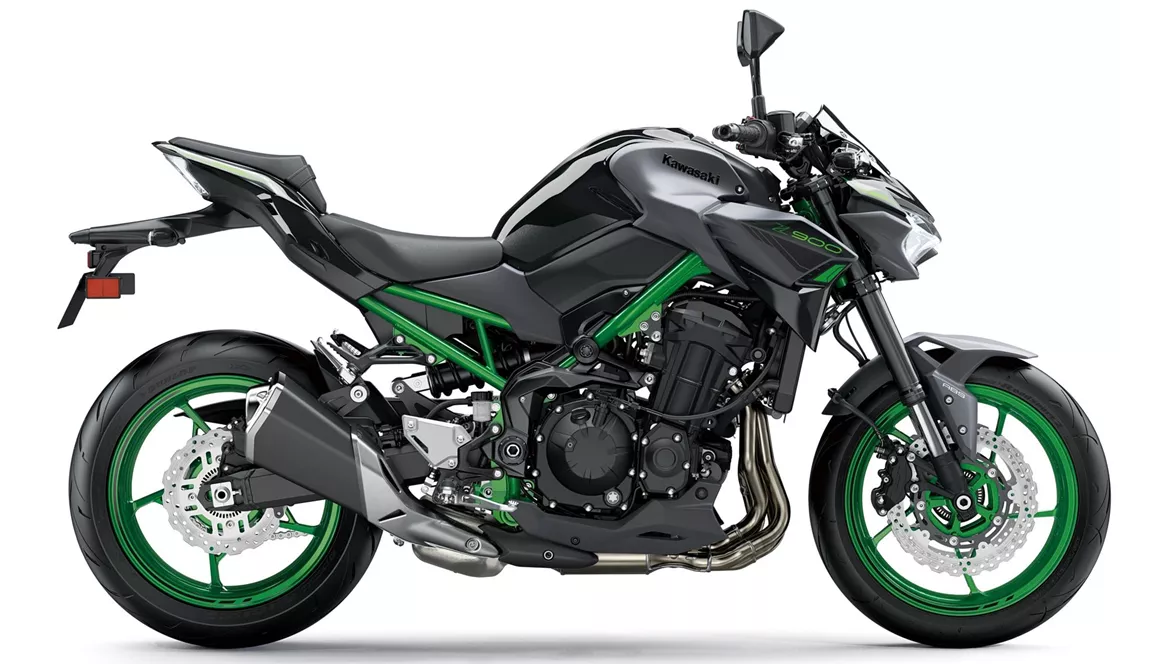
Kawasaki Z900 2023

Kawasaki Z900 RS 2018
Overview - Kawasaki Z900 2023 vs Kawasaki Z900 RS 2018
The Kawasaki Z900 model year 2023 and the Kawasaki Z900 RS model year 2018 are both naked bikes with similar technical specifications. They both have an inline engine with a displacement of 948ccm, producing a torque of 98.6 Nm. The engines are liquid-cooled and fuel-injected, providing smooth and powerful performance.
In terms of power, the Z900 2023 has a slight advantage with 125 HP compared to the Z900 RS 2018's 111 HP. This extra power gives the Z900 2023 a more exhilarating and dynamic riding experience.
Both bikes feature upside-down telescopic forks in the front suspension and a swing arm with a monoshock in the rear suspension. The suspension on both models can be adjusted for preload and rebound, allowing riders to fine-tune their riding experience. The Z900 2023 has an additional adjustment for compression in the front suspension, providing more customization options.
The chassis of both bikes is made of steel, providing a sturdy and reliable frame. However, the Z900 RS 2018 has a tubular frame, which may offer slightly different handling characteristics compared to the double cradle frame of the Z900 2023.
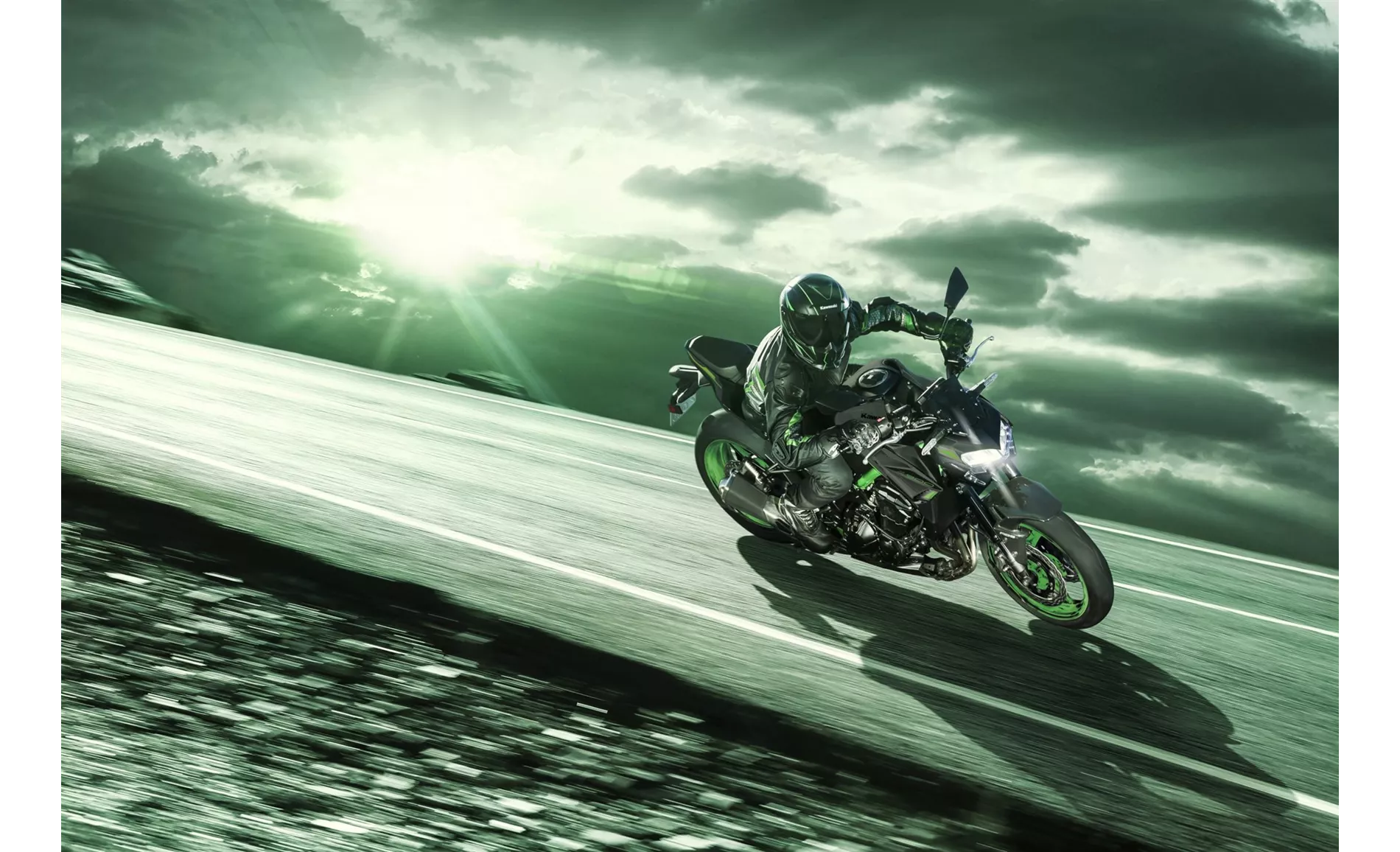
Kawasaki Z900 2023
In terms of braking, both bikes have double disk brakes with a diameter of 300mm and four-piston calipers in the front. This ensures excellent stopping power and control in various riding conditions.
Both models come equipped with advanced rider assistance systems such as ABS, ride by wire, and traction control. These systems enhance safety and provide riders with more confidence on the road.
In terms of dimensions and weights, there are slight differences between the two models. The Z900 2023 has a wheelbase of 1450mm, while the Z900 RS 2018 has a slightly longer wheelbase of 1470mm. The seat height of the Z900 2023 is 795mm, while the Z900 RS 2018 has a higher seat height of 835mm. The kerb weight of the Z900 2023 is 212kg with ABS, while the Z900 RS 2018 weighs slightly more at 215kg with ABS.
When comparing strengths, the Z900 2023 offers light and natural handling with high stability, thanks to its high chassis transparency and great feedback. The engine provides a silky smooth pull from low revs, and the seating position is comfortable and enjoyable. Additionally, the Z900 2023 is considered to have an absolutely fair price.

Kawasaki Z900 RS 2018
On the other hand, the Z900 RS 2018 is praised for its powerful and smooth engine, good looks, and comfortable seating position. It is easy to ride and offers balanced handling without being nervous or ponderous.
In terms of weaknesses, the Z900 2023 is criticized for its relatively cumbersome menu operation and the lack of slope-dependent assistance systems. Additionally, the bike has a high weight, which may affect maneuverability for some riders.
The Z900 RS 2018, on the other hand, does not have a shift assistant, making gear shifts less smooth compared to bikes equipped with this feature. It is also heavier than other retro bikes in its class and lacks wind protection, which may be a drawback on long tours.
In conclusion, both the Kawasaki Z900 2023 and the Kawasaki Z900 RS 2018 are powerful and capable naked bikes with their own strengths and weaknesses. The Z900 2023 offers a more dynamic riding experience with its higher power output, while the Z900 RS 2018 has a classic and timeless design. Ultimately, the choice between the two models will depend on the rider's preferences and priorities.
Technical Specifications Kawasaki Z900 2023 compared to Kawasaki Z900 RS 2018
Pros and Cons in comparison
Pros and Cons in comparison
Kawasaki Z900 2023
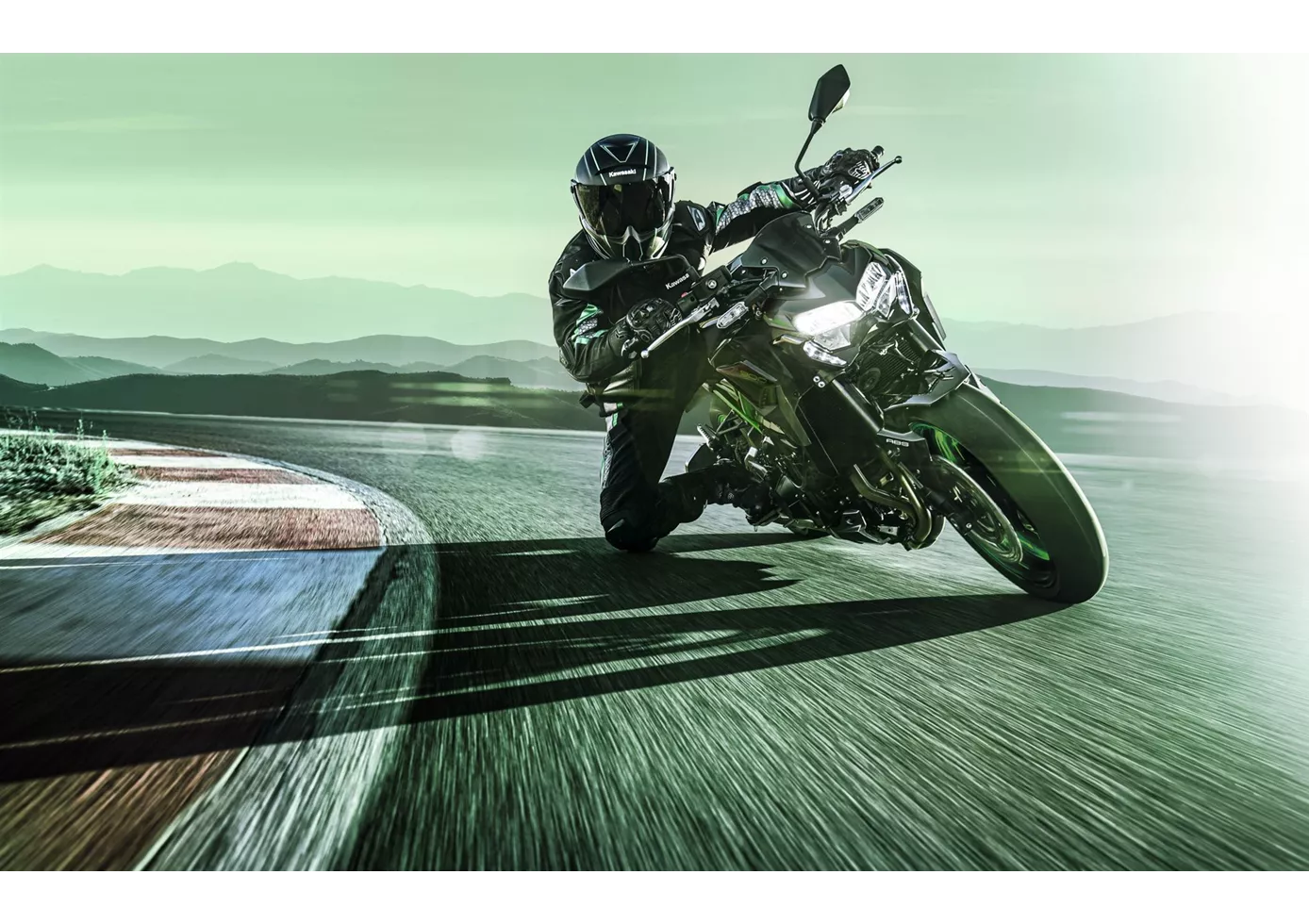
The Kawasaki Z900 may not be up to scratch when it comes to modern, lean angle-dependent electronic features, but it's relatively cheap and you shouldn't underestimate the fan base of the good old inline four - the Z900 is one of the cheapest ways to own such a great engine with just under a litre of displacement in a sporty naked bike! The higher weight is noticeable, but not massively annoying, because the handling and stability are quite alright. In terms of "outdated" electronics, the most annoying thing is the missing shift assistant, which is not even available as an option. Overall, however, the Z900 is a great naked bike with a great price-performance ratio.
Kawasaki Z900 RS 2018

Its four-cylinder is silky smooth while delivering enough power to make you grin under your helmet. It is also very easy to move, which should make it a great commuter bike in everyday life and serve as an iconic fun bike at the weekend. The looks find the perfect straddle of classic design and modern details to form a coherent retro package that is also a worthy tribute to Kawasaki history. It's a great naked bike with a snazzy look.
Price Comparison Avarage Market Price Kawasaki Z900 vs Kawasaki Z900 RS
There are a few key differences between a Kawasaki Z900 2023 and a Kawasaki Z900 RS 2018. In terms of price, the actual average price of a Kawasaki Z900 RS 2018 is about 19% higher. Compared to Kawasaki Z900 RS 2018 there are more Kawasaki Z900 2023 bikes available on the 1000PS.de Marketplace, specifically 187 compared to 28. It takes less time to sell a Kawasaki Z900 with 122 days compared to 154 days for a Kawasaki Z900 RS. Since model year 2017 1000PS.de editors have written 46 reviews for the Kawasaki Z900 and 26 reviews for the Kawasaki Z900 RS since model year 2018. The first review for the Kawasaki Z900 was published on 11/11/2016 and now has more than 93,200 views. This compares to more than 63,700 views for the first review on Kawasaki Z900 RS published on 9/6/2017.
